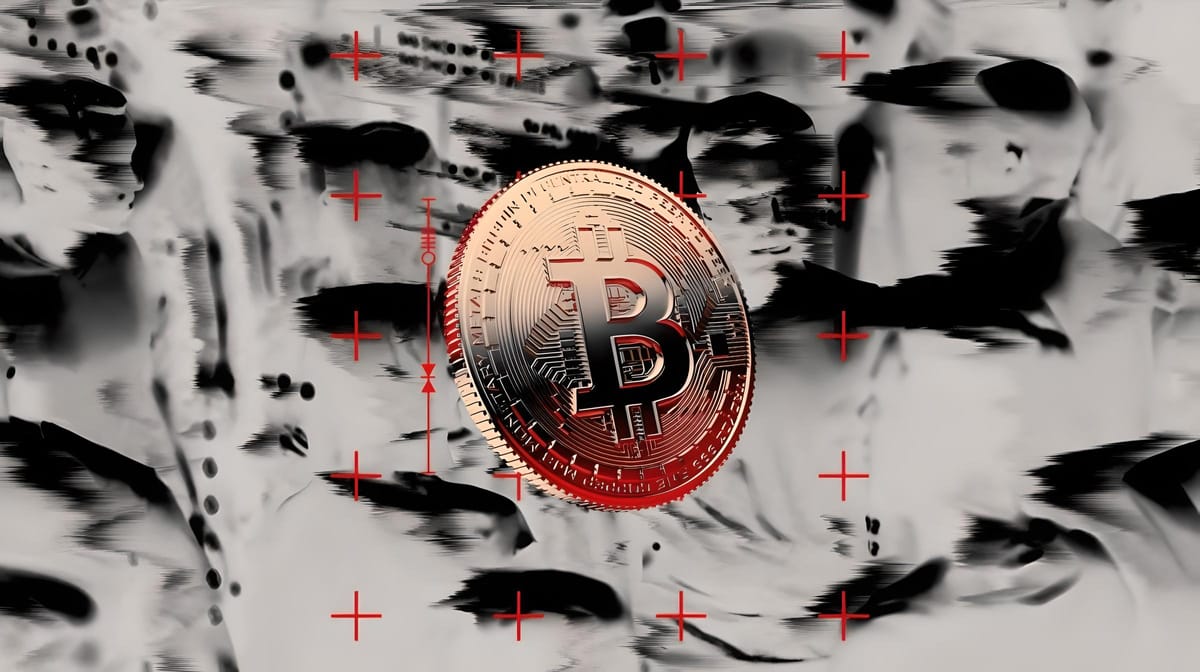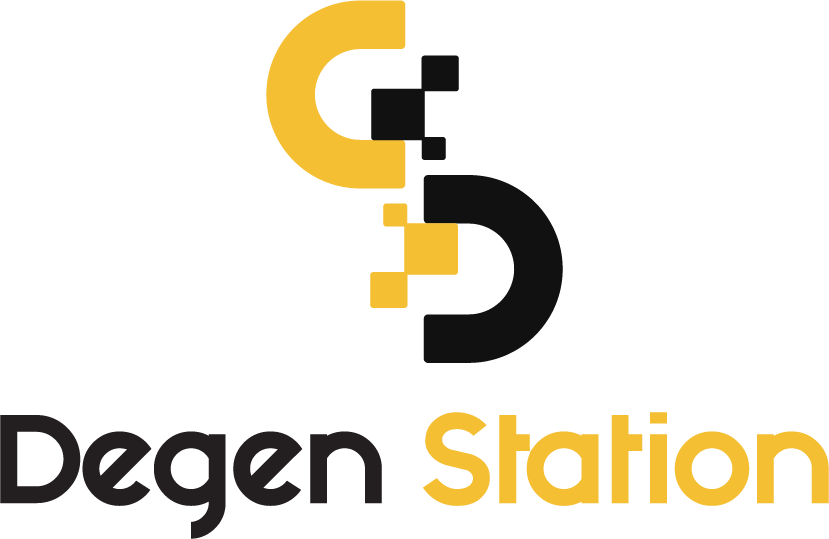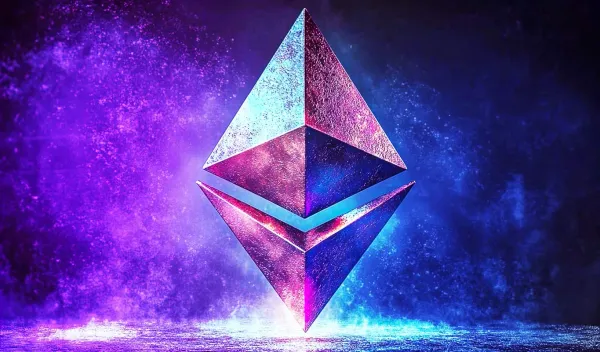Activity on Runes Protocol Declines After 3 Weeks Since Launch

After making waves for three weeks since its launch on April 19, coinciding with the fourth Bitcoin halving event, Runes Protocol has recently experienced a significant decline in activity on the world's largest blockchain network, Bitcoin.

Activity on Runes Protocol Declines Unexpectedly After 3 Weeks Since Launch
In the three weeks following its launch, Runes Protocol, often touted as a "blockbuster," consistently drove activity on the world's largest blockchain network.
The blockbuster launch of Runes helped generate record fees for Bitcoin miners - over $135 million in Bitcoin transaction fees.
As explained by Coin68, Runes Protocol is a protocol developed by Casey Rodamor, the creator of the previously popular Ordinals protocol that captivated the community a year ago. Similar to how Ordinals enabled the creation of "NFTs on Bitcoin," Runes Protocol allows users to issue fungible tokens on the world's largest cryptocurrency network, akin to ERC-20 tokens on the Ethereum network.
On April 23, Runes transactions completely dominated BRC-20 and Ordinals, accounting for 81% of the total 926,642 transactions on the Bitcoin network. Thanks to its popularity, the protocol collected 64% of the transaction fees, totaling 2,075 BTC, equivalent to $113 million.
However, since the first week of transactions, overall activity on the protocol has slowed down, according to data analysis on Dune Analytics compiled by @runes_is.

Source: Dune Analytics
On May 10, the platform witnessed its lowest level of activity to date, with the lowest number of new token issuances and fewer new wallets interacting with the protocol since its launch.
According to data from The Block, the fees generated by the protocol have also been gradually declining. Despite Runes still generating hundreds of thousands of dollars in transaction fees daily on the Bitcoin network, the total fee volume of the protocol has only reached $1 million twice in the past 12 days.
However, many platforms face challenges in the early adoption phase. Runes still shows positive signs with some collections on the protocol having market capitalizations in the hundreds of millions, according to data from Magic Eden. Runes developer Casey Rodarmor recently introduced a creative audio-reactive art project at an Ordinals event in Hong Kong.
Similar to Ordinals, Runes allows different token standards to be applied on the Bitcoin blockchain. Runes leverages Bitcoin's UTXO mechanism and OP_RETURN opcode to provide more efficient Bitcoin-native solutions than the BRC20 standard.
UTXO represents the token balance that users own after each transaction. Unlike Ethereum, where users can transfer individual tokens, on the Bitcoin network, tokens are aggregated in each transaction, and any unused tokens become balances and are transferred back to the wallet, reused in subsequent transactions.
This mechanism has led to predominantly meme coin transaction activity on this network. This practical application has helped the Bitcoin network officially process 1 billion transactions, keeping pace with ecosystem expansion speeds with Ethereum.





